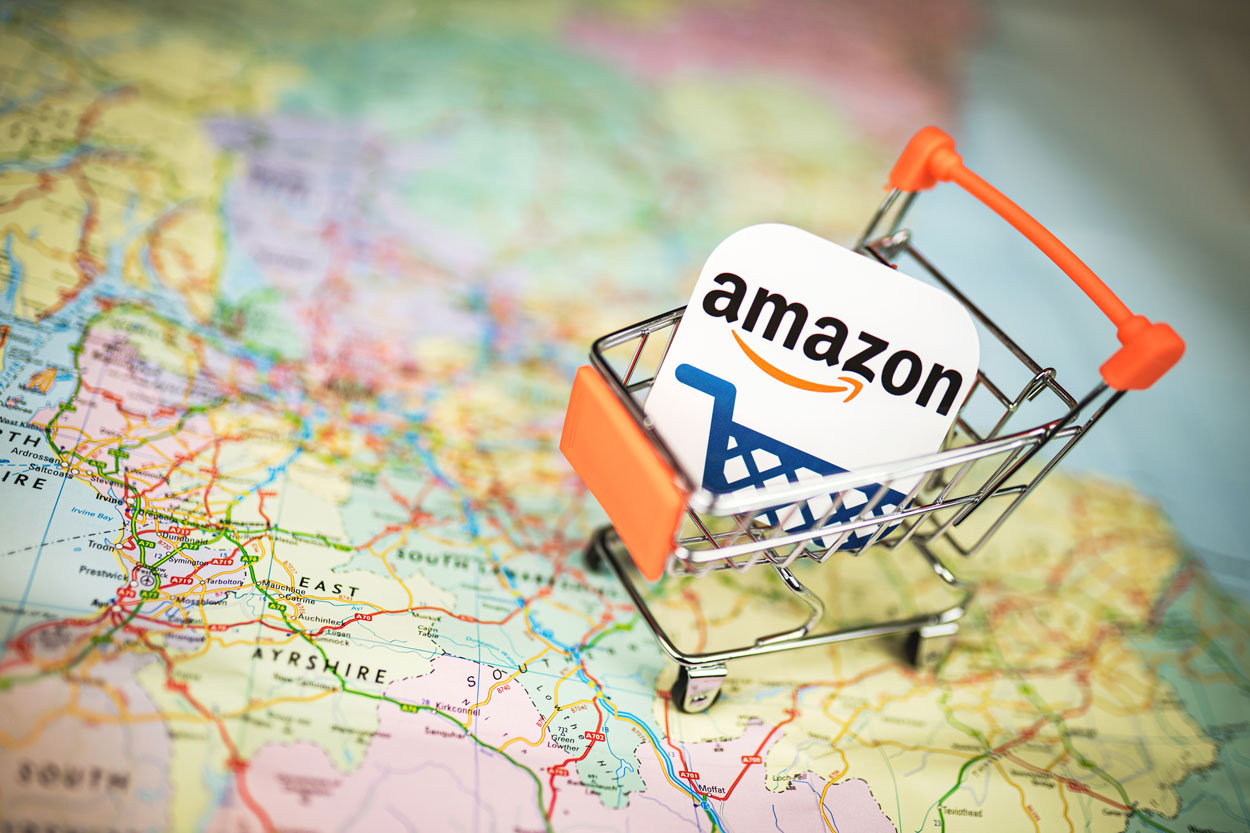What’s A Healthy Profit Margin For Amazon Sellers?

As a seller on Amazon, one question that often emerges is: "What is a healthy profit margin for Amazon businesses?" Understanding this key figure is vital, as it provides a snapshot of the financial health of your operations. But given the vast diversity of products, niches, and strategies on the platform, determining a 'one-size-fits-all' benchmark can be tricky. In this article, we'll delve into the intricacies of establishing a robust profit margin for Amazon and how you can gauge your business's health against industry standards.
The Profit Margin Landscape on Amazon
To comprehend what constitutes a healthy profit margin for Amazon, it's crucial to first grasp the concept itself. At its core, the profit margin is the percentage of your sales revenue that translates into profit after all expenses have been deducted. It's the crystal-clear indicator that reveals whether you're pricing your products appropriately and managing your costs efficiently.
In the context of Amazon FBA, the profit margin becomes even more critical, given the myriad of costs sellers need to navigate – from FBA fees to advertising expenses.
Factors Influencing Profit Margins
A plethora of factors can influence the profit margin for Amazon sellers. Some of these include:
- Product Category: Different product categories have varying profit margins. Electronics might have slimmer margins compared to handmade crafts, for instance.
- FBA Fees: Depending on the product size and weight, Amazon's fulfillment fees can vary, directly impacting your profit margins.
- Advertising Spend: The costs you incur promoting your products on Amazon's platform or elsewhere can significantly influence your bottom line.
- Operational Costs: These include expenses like shipping, packaging, returns, and any other overheads you might incur in the process of selling.
- Market Competition: The level of competition in your niche can influence your pricing strategy, which in turn affects your profit margin.
General Benchmarks for Amazon Sellers
While the profit margin for Amazon sellers can vary based on the factors above, general industry benchmarks can serve as a guide. For many Amazon FBA sellers:
- A 10% profit margin is often considered minimal. At this margin, you're making a profit, but there might be little room for error or unexpected costs.
- A 20% profit margin is generally seen as good. It indicates that for every dollar in sales, you're retaining $0.20 as profit after all expenses.
- A 30% profit margin or above is excellent and indicates a highly profitable Amazon FBA business. Achieving this margin often requires efficient operations, minimized costs, and a solid pricing strategy.
Ensuring Your Profit Margin Remains Healthy
Regularly monitoring and optimizing your costs is paramount to maintaining a healthy profit margin. Here are some tactics:
- Periodic Cost Analysis: Frequently review your costs, including supplier prices, shipping expenses, and FBA fees. Look for areas where you might be overspending and seek solutions.
- Strategic Advertising: While advertising is crucial for visibility, ensure your ad spend is translating into sales. Periodically review and adjust your campaigns for efficiency.
- Supplier Negotiation: Building strong relationships with your suppliers can lead to better deals, reducing your product costs.
- Pricing Strategy: Regularly analyze your pricing in relation to competitors and market demand. Adjust as needed to maintain a balance between competitiveness and profitability.
A healthy profit margin for Amazon sellers is not just about reaching a specific percentage but understanding and adapting to the variables that influence it.
